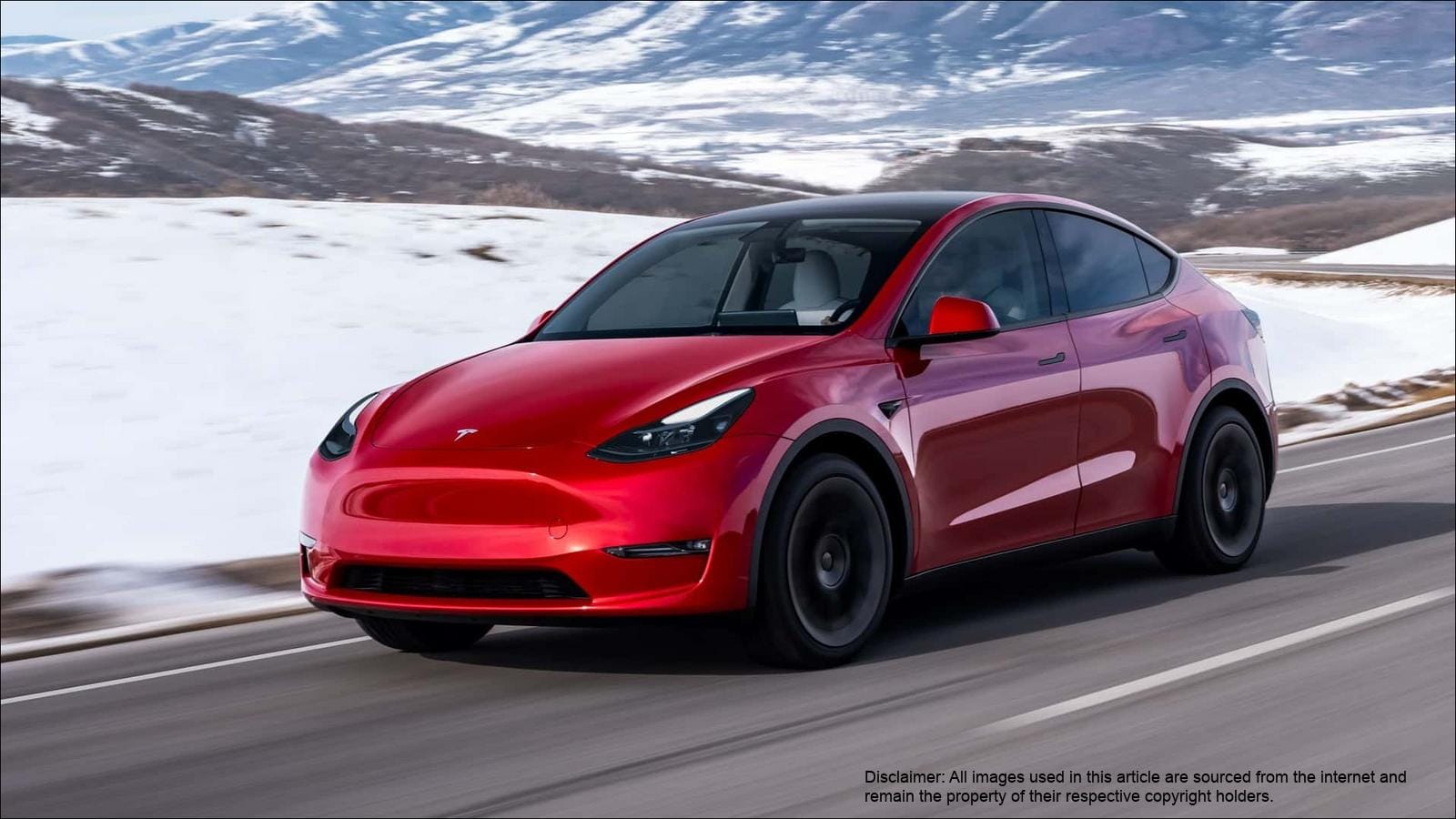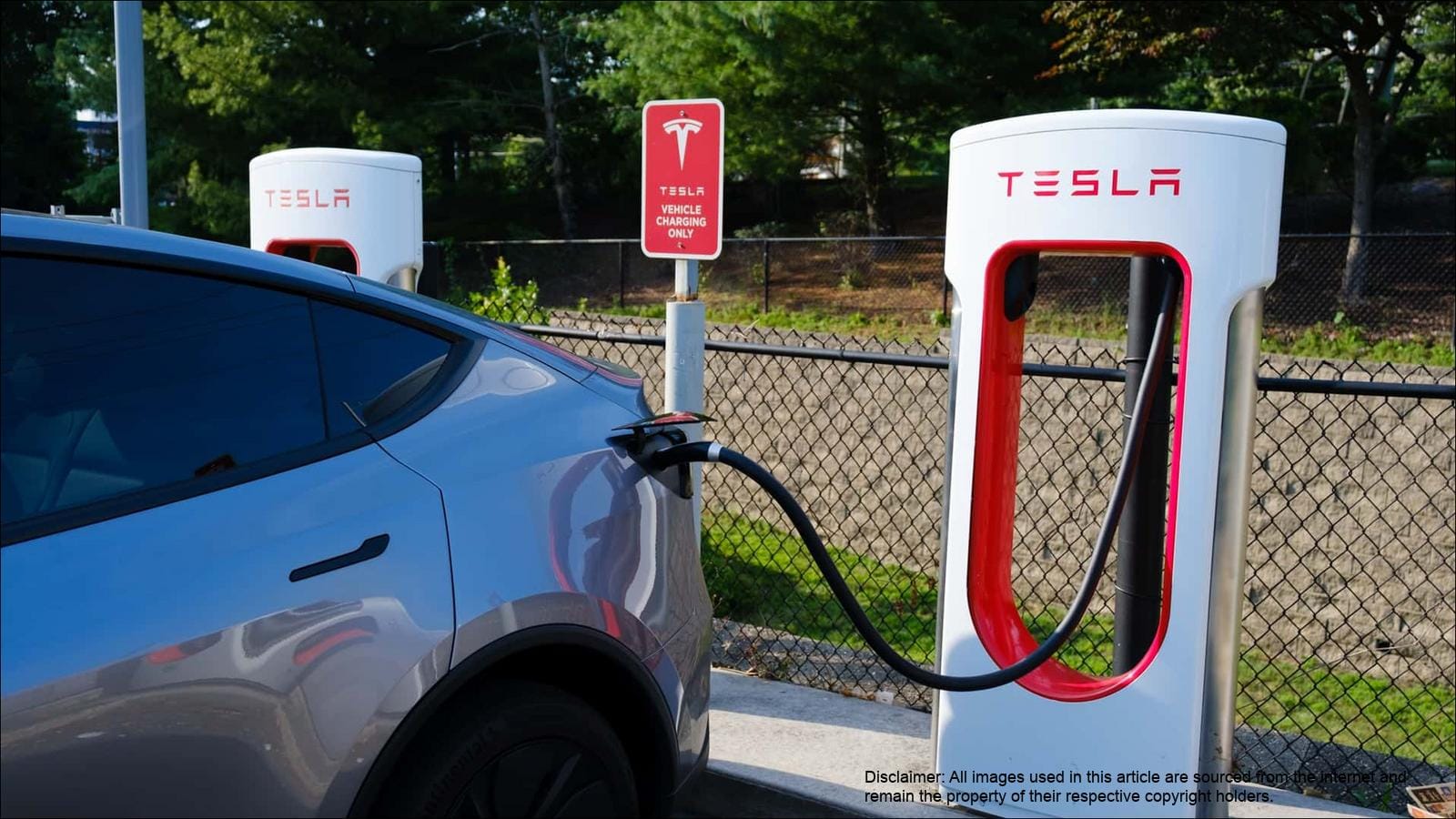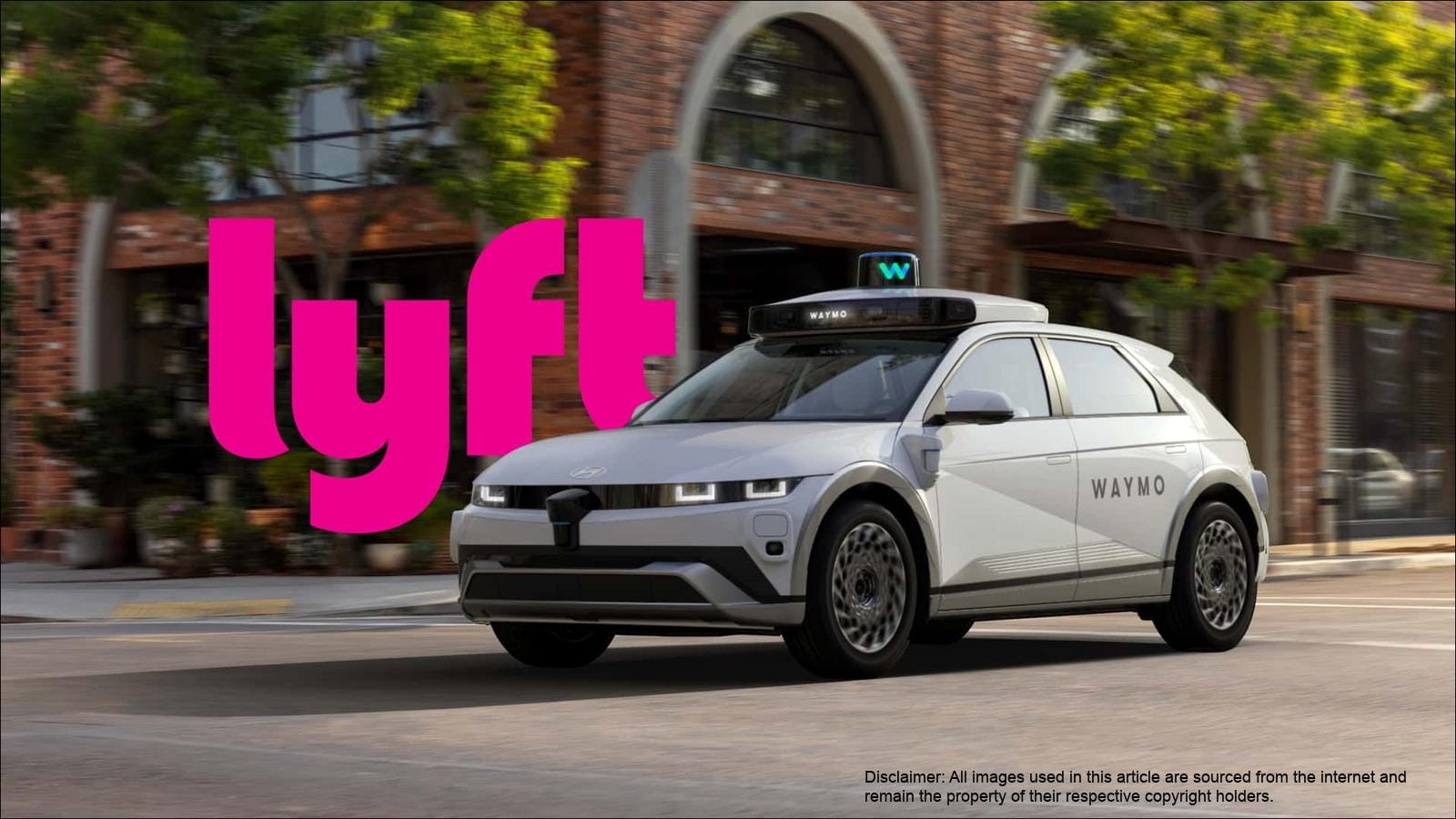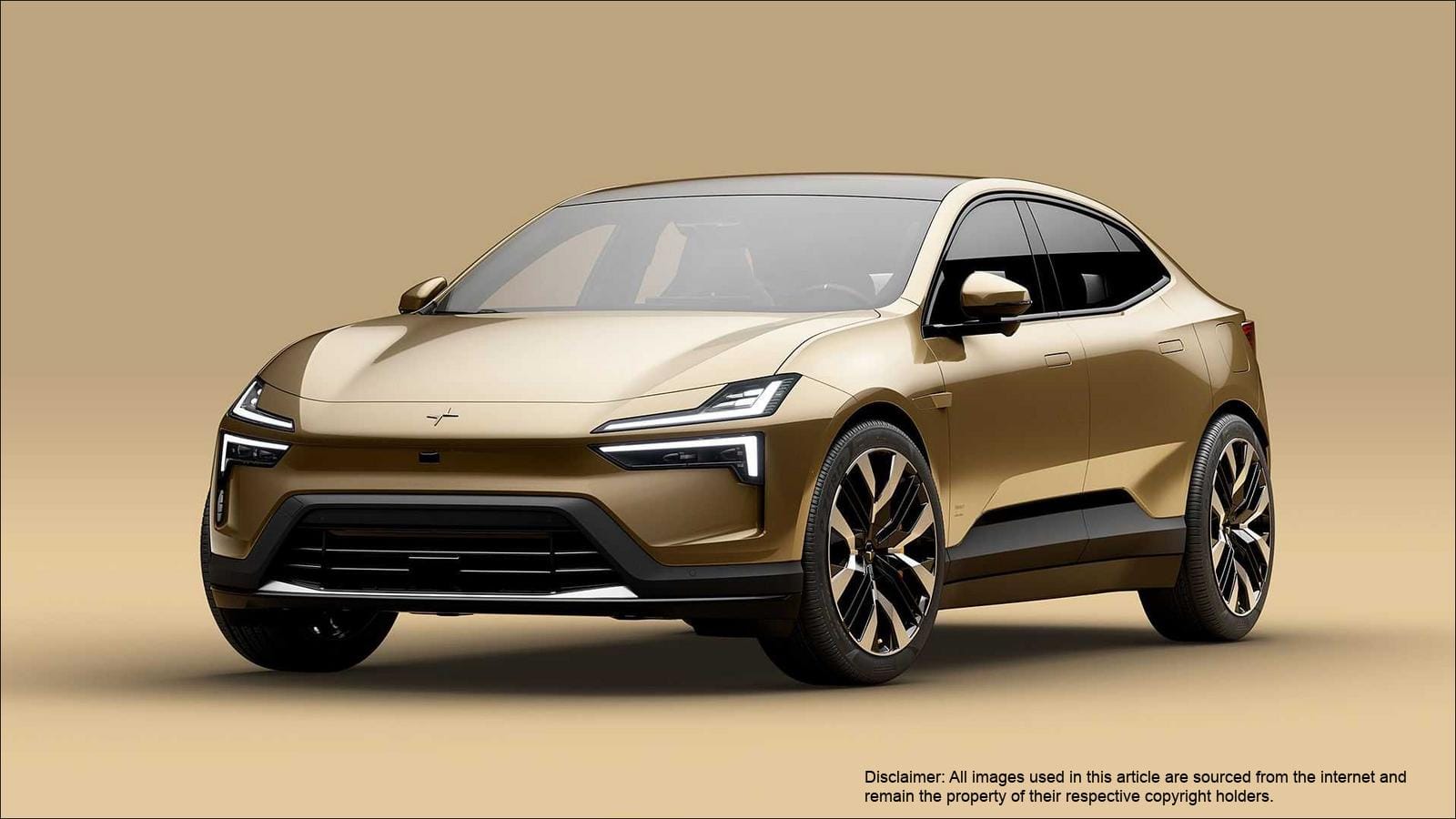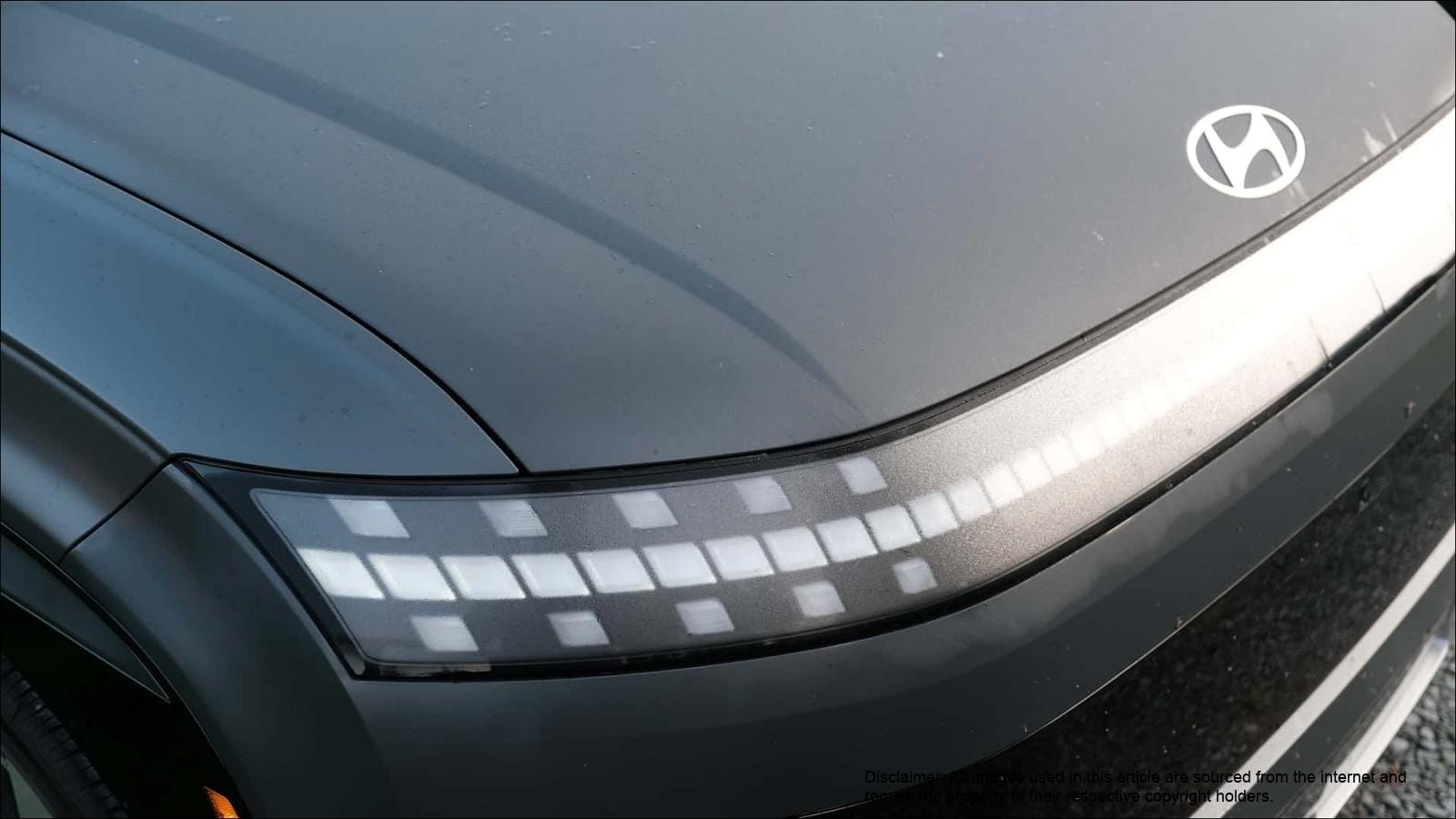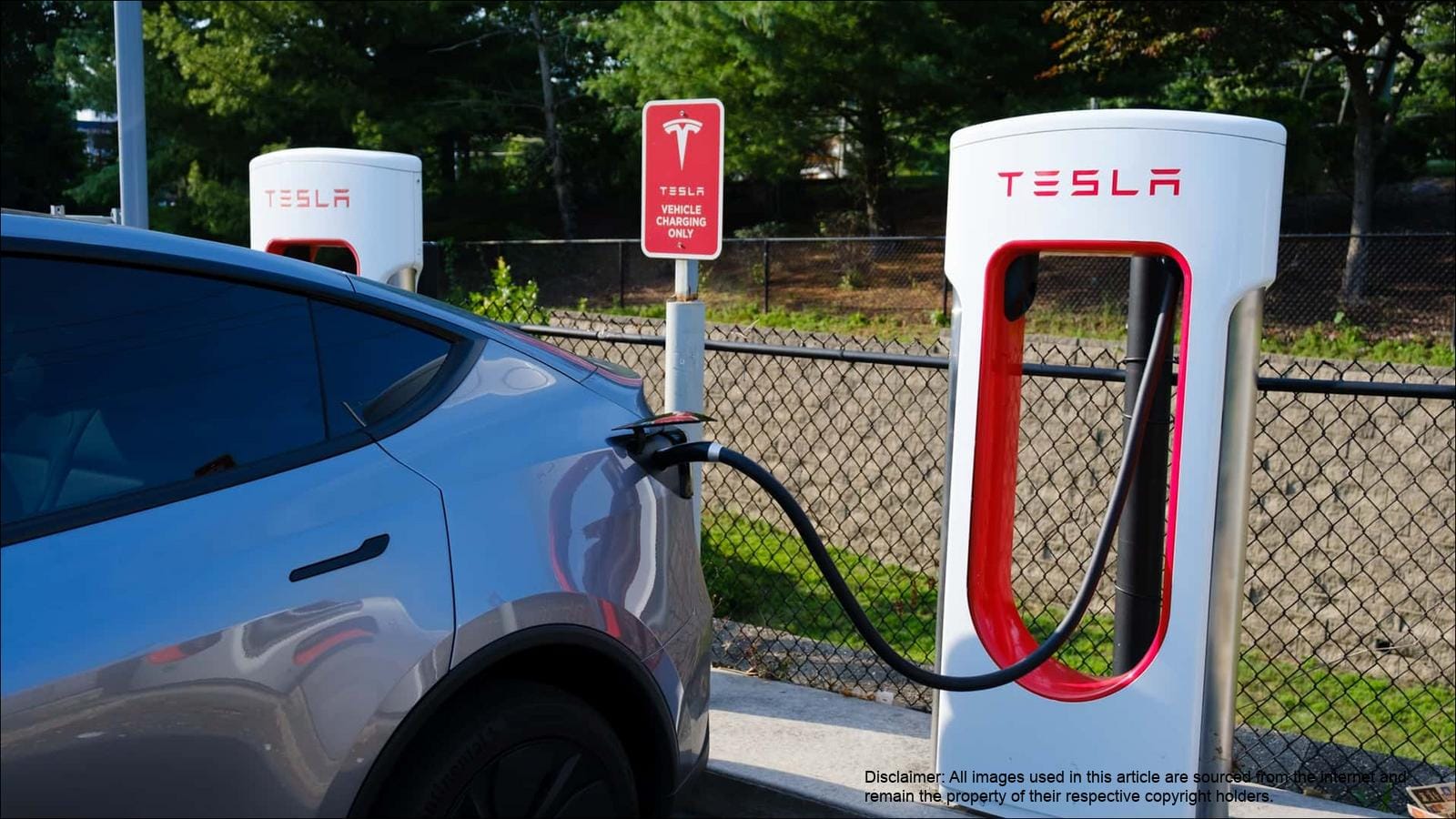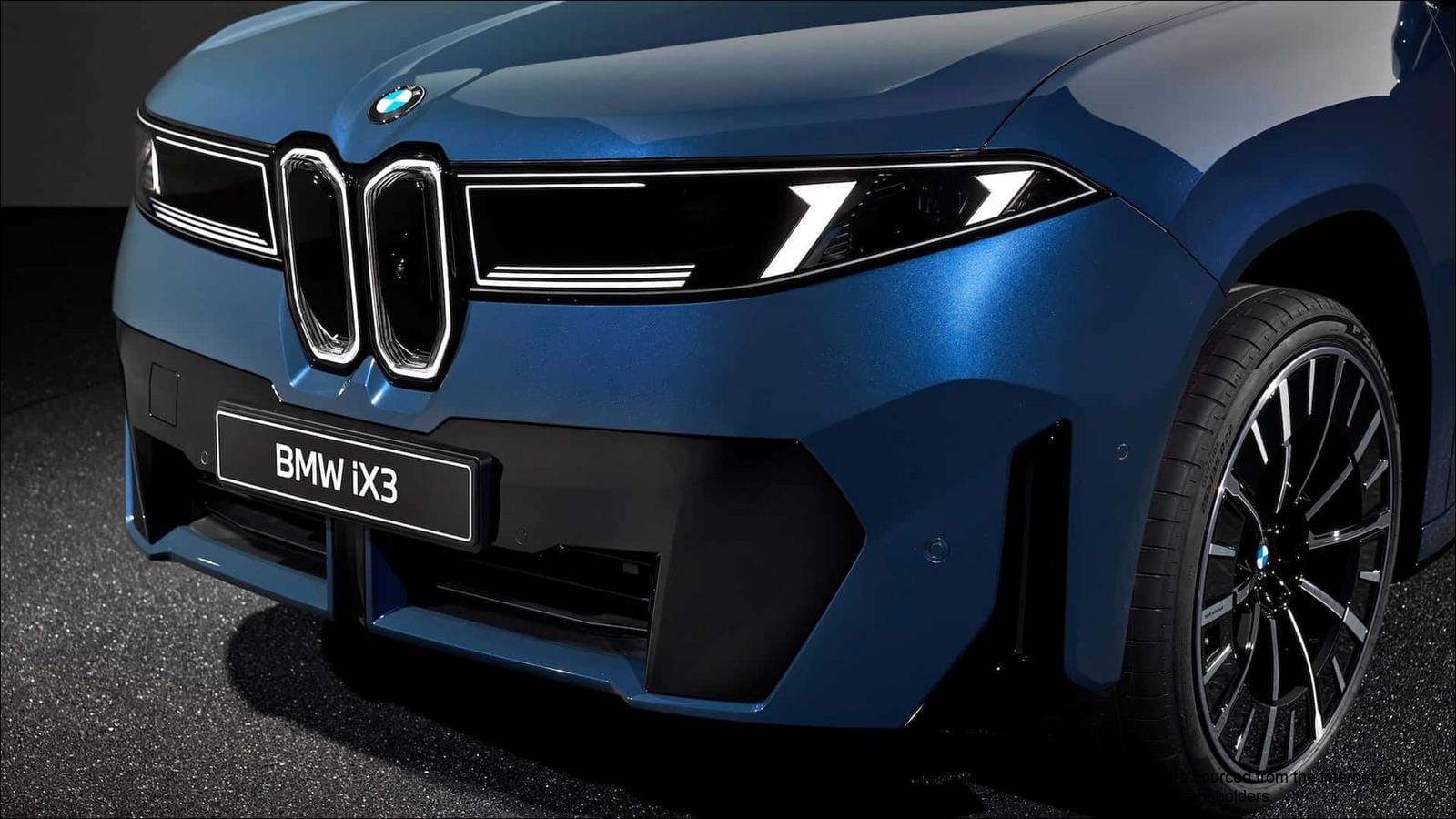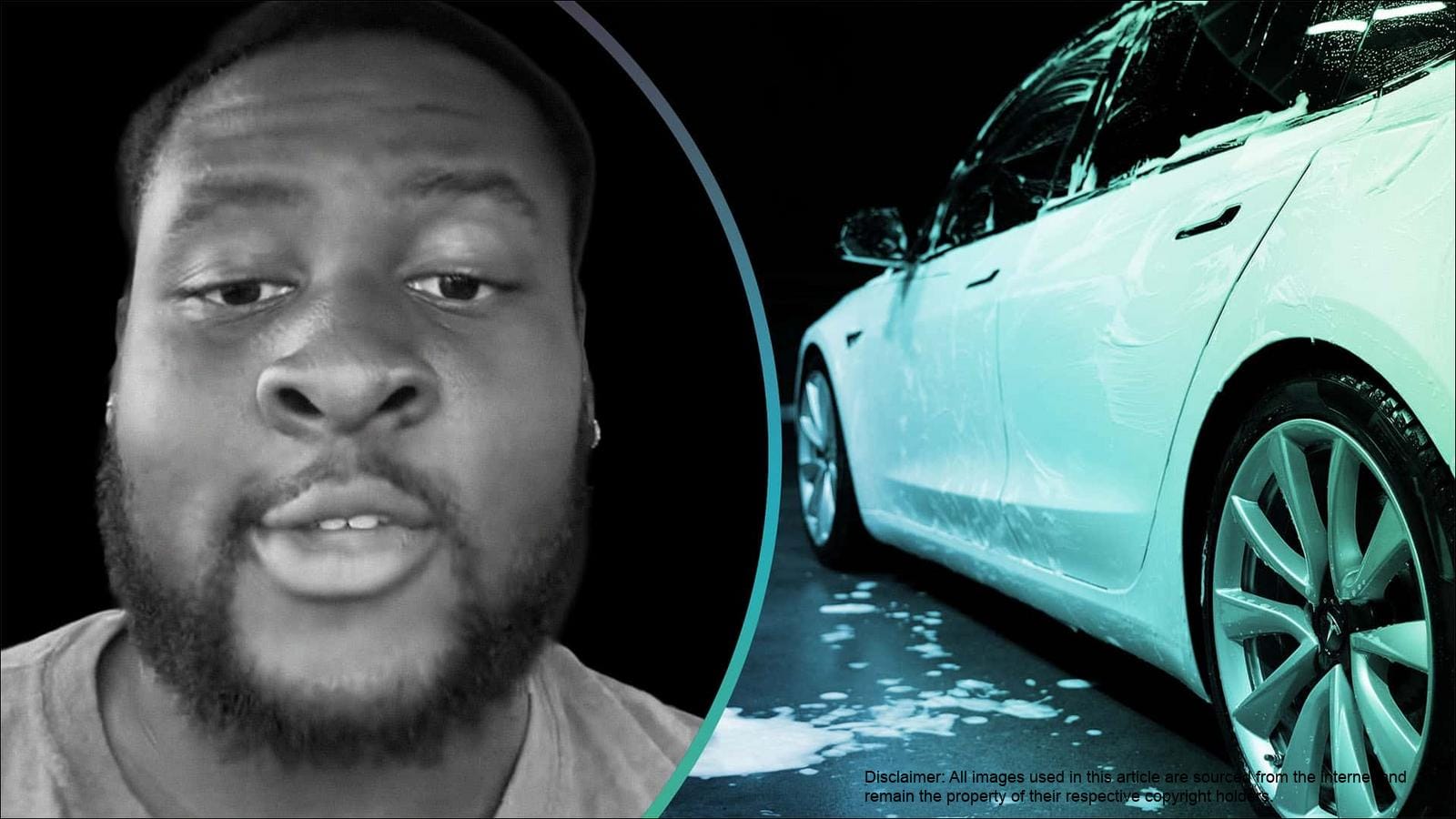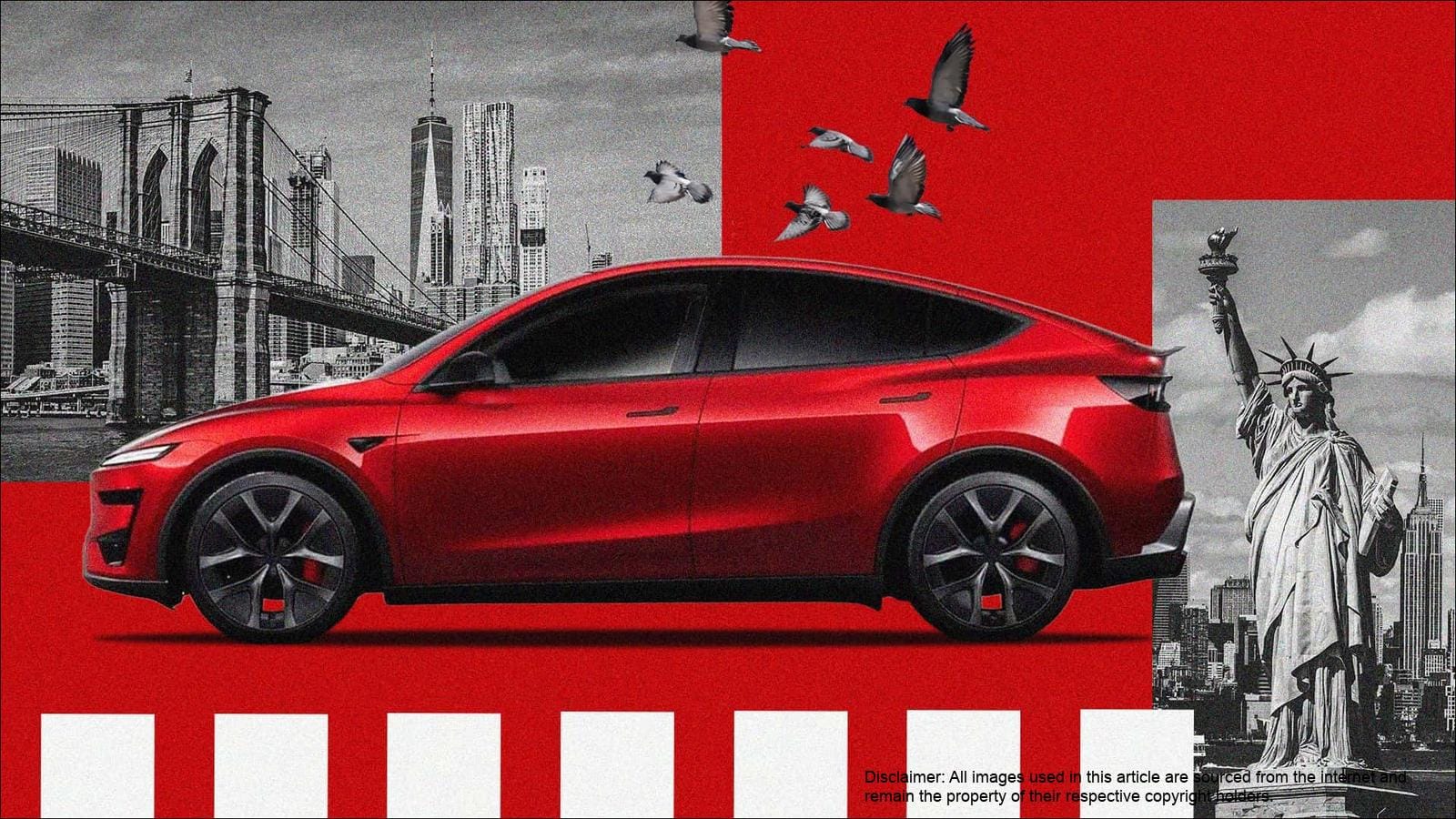Understanding the Cost of a Used Tesla Model Y
Depreciation is a significant factor in the used car market, particularly affecting electric vehicles (EVs). While depreciation can be a concern for new car buyers, it presents an opportunity for those looking to purchase used EVs. Recent data from iSeeCars indicates that Tesla vehicles, including the Model Y, have experienced substantial price drops in the used market. In March 2025, the average selling price for a used Tesla was $31,421, a decrease of $3,541 compared to the previous year. Specifically, the Tesla Model Y saw an average selling price of $30,611 during the same period.
This price trend suggests that now may be an opportune time to invest in a used Tesla Model Y. Depending on your budget, you might find well-maintained models for around $33,000. Older vehicles with higher mileage can be found at lower price points, potentially around $25,000. Furthermore, purchasing a used EV for under $25,000 may qualify you for a $4,000 federal tax credit, making it an even more attractive option.


